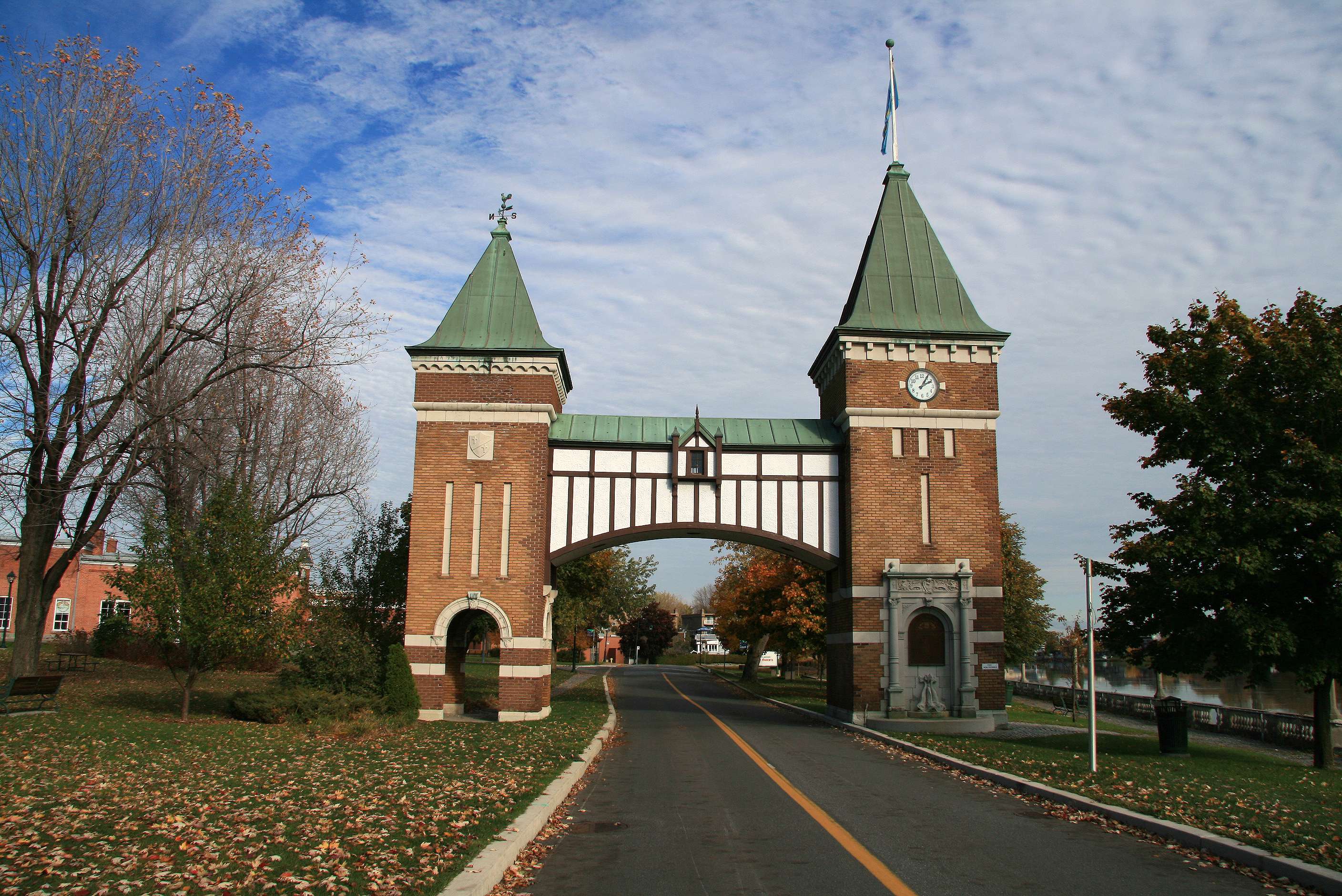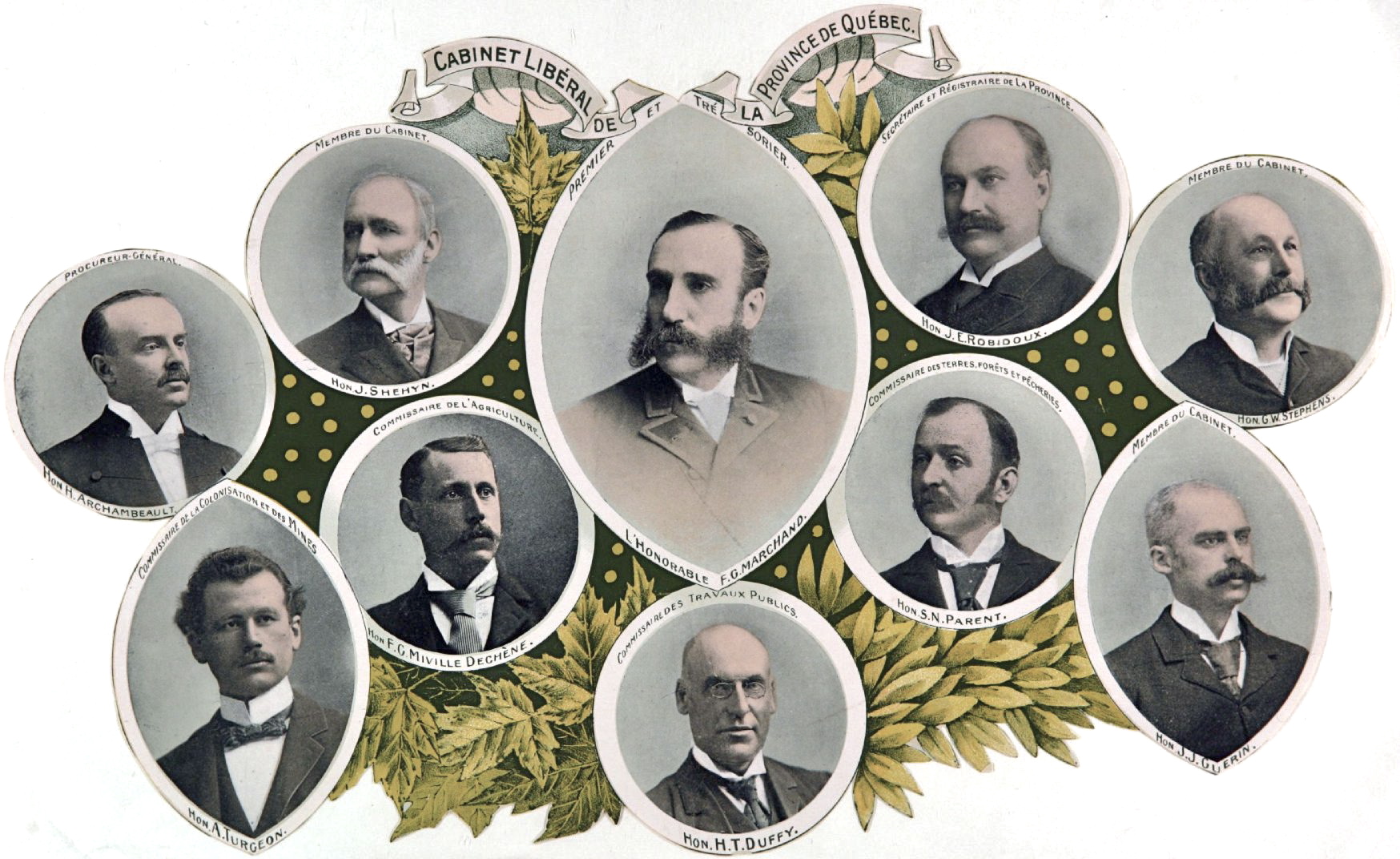|
Henriette Dessaulles
Henriette Dessaulles (February 6, 1860 – November 17, 1946), also known by the pen name Fadette, was a Canadians, Canadian journalist and diarist from Quebec."De remarquables oubliés: Henriette Dessaulles" Première Chaîne, November 13, 2007. An important pioneer of women's writing in Quebec, she is best known for her longtime column in ''Le Devoir'' and for her childhood diaries which were posthumously published in 1971. She was born in Saint-Hyacinthe, Quebec, Saint-Hyacinthe, Quebec to Georges-Casimir Dessaulles,"A sassy personality comes alive". ''The Globe and Mail'', December 27, 1986. at the time the town's mayor and later a member of the Legislative Assembly of Quebec and the Senate of Canada, and Émilie Mondelet. Jean Dessaulle ... [...More Info...] [...Related Items...] OR: [Wikipedia] [Google] [Baidu] |
Saint-Hyacinthe, Quebec
Saint-Hyacinthe (; French: ) is a city in southwestern Quebec east of Montreal on the Yamaska River. The population as of the 2021 Canadian census was 57,239. The city is located in Les Maskoutains Regional County Municipality of the Montérégie region, and is traversed by the Yamaska River. Quebec Autoroute 20 runs perpendicular to the river. Saint-Hyacinthe is the seat of the judicial district of the same name. History Jacques-Hyacinthe Simon dit Delorme, owner of the seigneurie, started its settlement in 1757. He gave his patron saint name (Saint Hyacinth the Confessor of Poland) to the seigneurie, which was made a city in 1850. St. Hyacinth's Cathedral is the seat of the Roman Catholic Diocese of Saint-Hyacinthe. It was erected in 1852. 2001 merger As part of the 2000–06 municipal reorganization in Quebec, on 27 December 2001, the city of Saint-Hyacinthe amalgamated with five neighbouring towns (listed here with their populations as of 2001): * Saint-Hyacinthe ( ... [...More Info...] [...Related Items...] OR: [Wikipedia] [Google] [Baidu] |
Quebec Liberal Party
The Quebec Liberal Party (QLP; french: Parti libéral du Québec, PLQ) is a provincial political party in Quebec. It has been independent of the federal Liberal Party of Canada since 1955. The QLP has always been associated with the colour red; each of their main opponents in different eras have been generally associated with the colour blue. The QLP has traditionally supported a form of Quebec federalist ideology with nuanced Canadian nationalist tones that supports Quebec remaining within the Canadian federation, while also supporting reforms that would allow substantial autonomism in Quebec. In the context of federal Canadian politics,Haddow and Klassen 2006 ''Partisanship, Globalization, and Canadian Labour Market Policy''. University of Toronto Press. it is a more centrist party when compared to Conservative and Liberal parties in other provinces, such as the British Columbia Liberal Party. History Pre-Confederation The Liberal Party is descended from the Parti canadien ... [...More Info...] [...Related Items...] OR: [Wikipedia] [Google] [Baidu] |
19th-century Canadian Women Writers
The 19th (nineteenth) century began on 1 January 1801 ( MDCCCI), and ended on 31 December 1900 ( MCM). The 19th century was the ninth century of the 2nd millennium. The 19th century was characterized by vast social upheaval. Slavery was abolished in much of Europe and the Americas. The First Industrial Revolution, though it began in the late 18th century, expanding beyond its British homeland for the first time during this century, particularly remaking the economies and societies of the Low Countries, the Rhineland, Northern Italy, and the Northeastern United States. A few decades later, the Second Industrial Revolution led to ever more massive urbanization and much higher levels of productivity, profit, and prosperity, a pattern that continued into the 20th century. The Islamic gunpowder empires fell into decline and European imperialism brought much of South Asia, Southeast Asia, and almost all of Africa under colonial rule. It was also marked by the collapse of the la ... [...More Info...] [...Related Items...] OR: [Wikipedia] [Google] [Baidu] |
19th-century Canadian Non-fiction Writers
The 19th (nineteenth) century began on 1 January 1801 ( MDCCCI), and ended on 31 December 1900 ( MCM). The 19th century was the ninth century of the 2nd millennium. The 19th century was characterized by vast social upheaval. Slavery was abolished in much of Europe and the Americas. The First Industrial Revolution, though it began in the late 18th century, expanding beyond its British homeland for the first time during this century, particularly remaking the economies and societies of the Low Countries, the Rhineland, Northern Italy, and the Northeastern United States. A few decades later, the Second Industrial Revolution led to ever more massive urbanization and much higher levels of productivity, profit, and prosperity, a pattern that continued into the 20th century. The Islamic gunpowder empires fell into decline and European imperialism brought much of South Asia, Southeast Asia, and almost all of Africa under colonial rule. It was also marked by the collapse of the large S ... [...More Info...] [...Related Items...] OR: [Wikipedia] [Google] [Baidu] |
Canada Council
The Canada Council for the Arts (french: Conseil des arts du Canada), commonly called the Canada Council, is a Crown corporation established in 1957 as an arts council of the Government of Canada. It acts as the federal government's principal instrument for funding public arts, as well as for fostering and promoting the study and enjoyment of, and the production of works in, the arts. The Canada Council fulfills its mandate primarily through providing grants and services to professional Canadian artists and arts organizations in dance, interdisciplinary art, media arts, music, opera, theatre, writing, publishing, and the visual arts. In addition, the Canada Council administers the Art Bank, which operates art rental programs and an exhibitions and outreach program. The Canada Council Art Bank holds the largest collection of contemporary Canadian art in the world. The Canada Council is also responsible for the secretariat for the Canadian Commission for UNESCO and the Public L ... [...More Info...] [...Related Items...] OR: [Wikipedia] [Google] [Baidu] |
John Glassco Translation Prize
The John Glassco Translation Prize is an annual Canadian literary award, presented by the Literary Translators' Association of Canada to a book judged the year's best translation into either English or French of a work originally written in any language. The winning writer is awarded $1,000 and a free membership to LTAC. Winners *1982 - Susanne de Lotbinière-Harwood, ''Neons in the Night'' ( Lucien Francœur, selected poetry) *1983 - Michèle Venet and Jean Lévesque, ''L'Invasion du Canada'' (Pierre Berton, ''The Invasion of Canada'' and ''Flames Across the Border'') *1984 - Barbara Mason, ''Description of San Marco'' (Michel Butor, ''Déscription de San Marco'') *1985 - Wayne Grady, ''Christopher Cartier of Hazelnut, Also Known as Bear'' (Antonine Maillet, ''Christophe Cartier de la Noisette dit Nounours'') *1986 - Carole Noël, ''On n'en meurt pas'' (Olga Boutenko, unpublished manuscript) *1987 - Liedewy Hawke, ''Hopes and Dreams: The Diary of Henriette Dessaulles 1874-1881'' ... [...More Info...] [...Related Items...] OR: [Wikipedia] [Google] [Baidu] |
Liedewy Hawke
Liedewij Hawke, usually credited as Liedewy Hawke in English, is a Dutch/Canadian literary translator. Biography Originally from De Bilt, Netherlands, she was educated at the University of Utrecht and moved to Canada in 1963 to study at the University of Toronto. She worked for several years at CJBC, the Toronto station of Radio-Canada's talk radio network. Hawke translates both Dutch language and French language literature into English. Awards and honours In 1987, Hawke won the John Glassco Translation Prize and the Canada Council Translation Prize for ''Hopes and Dreams, The Diary of Henriette Dessaulles 1874-1881'', her translation of the diaries of Henriette Dessaulles. She is also a four-time nominee for the Governor General's Award for French to English translation, garnering nominations at the 2002 Governor General's Awards for ''The Milky Way'' (Louise Dupré, ''La Voie lactée''), at the 2004 Governor General's Awards for ''The Iguana'' (Denis Thériault, ''L'Igua ... [...More Info...] [...Related Items...] OR: [Wikipedia] [Google] [Baidu] |
Social History
Social history, often called the new social history, is a field of history that looks at the lived experience of the past. In its "golden age" it was a major growth field in the 1960s and 1970s among scholars, and still is well represented in history departments in Britain, Canada, France, Germany, and the United States. In the two decades from 1975 to 1995, the proportion of professors of history in American universities identifying with social history rose from 31% to 41%, while the proportion of political historians fell from 40% to 30%. In the history departments of British and Irish universities in 2014, of the 3410 faculty members reporting, 878 (26%) identified themselves with social history while political history came next with 841 (25%). Charles Tilly, one of the best known social historians, identifies the tasks of social history as: 1) “documenting large structural changes; 2) reconstructing the experiences of ordinary people in the course of those changes; and (3) ... [...More Info...] [...Related Items...] OR: [Wikipedia] [Google] [Baidu] |
Montreal Gazette
The ''Montreal Gazette'', formerly titled ''The Gazette'', is the only English-language daily newspaper published in Montreal, Quebec, Canada. Three other daily English-language newspapers shuttered at various times during the second half of the 20th century. It is one of the French-speaking province's last two English-language dailies; the other is the ''Sherbrooke Record'', which serves the anglophone community in Sherbrooke and the Eastern Townships southeast of Montreal. Founded in 1778 by Fleury Mesplet, ''The Gazette'' is Quebec's oldest daily newspaper and Canada's oldest daily newspaper still in publication. The oldest newspaper overall is the English-language ''Quebec Chronicle-Telegraph'', which was established in 1764 and is published weekly. History Fleury Mesplet founded a French-language weekly newspaper called ''La Gazette du commerce et littéraire, pour la ville et district de Montréal'' on June 3, 1778. It was the first entirely French-language newspaper i ... [...More Info...] [...Related Items...] OR: [Wikipedia] [Google] [Baidu] |
Wilfrid Laurier University Press
Wilfrid Laurier University Press, based in Waterloo, Ontario, is a publisher of scholarly writing and is part of Wilfrid Laurier University. The fourth-largest university press in Canada, WLUP publishes work in a variety of disciplines in the humanities and social sciences — literary criticism, indigenous studies, sociology, environmental studies, and history among them — as well as books of regional interest. Laurier Press also provides publishing services to scholarly associations and journals. History The Press was founded in 1974 as a non-profit enterprise. They publish 20-25 titles per year and have 800 physical titles in print and digital formats. WLUP has been typesetting books from electronic files since 1984, and was one of the first publishers to have a web presence in 1994. Wilfrid Laurier University Press distributes titles for the Laurier Centre for Military, Strategic and Disarmament Studies, Toronto International Film Festival (in Canada) and the Cress Board of ... [...More Info...] [...Related Items...] OR: [Wikipedia] [Google] [Baidu] |
La Patrie (Canadian Newspaper)
''La Patrie'' was a Montreal, Quebec daily newspaper founded by Honoré Beaugrand on February 24, 1879. It became a weekly in 1957 and folded in 1978. Its political affiliation was originally Liberal, but Beaugrand officially broke with the party in 1891 and the paper became deprived of its traditional support group. ''La Patrie's'' circulation numbers sagged until Beaugrand, in declining health, sold his newspaper for $50,000 to Joseph-Israël Tarte in 1897. By the turn of the twentieth century Tarte had turned his new property into an increasingly nonpartisan publication with the city's second-largest circulation for a French-language daily newspaper (topped only by '' La Presse''). The victim of bitter circulation wars against old rival ''La Presse'' and the politically connected ''Montréal-Matin'', The daily ''La Patrie'' folded on November 15, 1957, but was survived by a weekly edition under the same name published until April 1978. Notable staff * Charles Mayer (1922 to ... [...More Info...] [...Related Items...] OR: [Wikipedia] [Google] [Baidu] |



